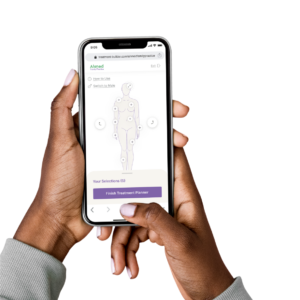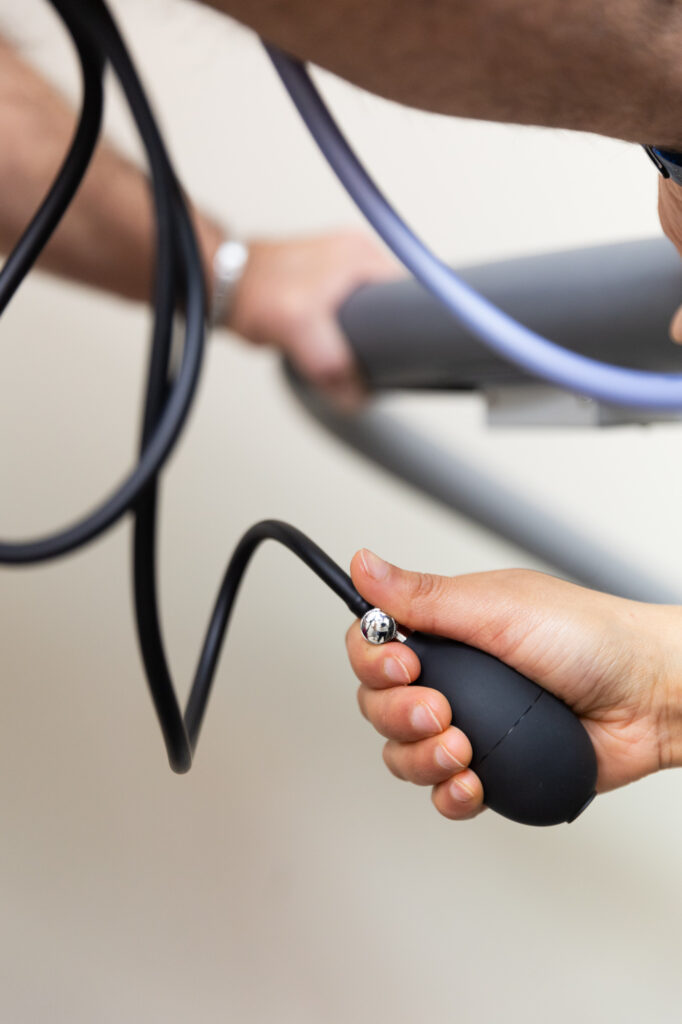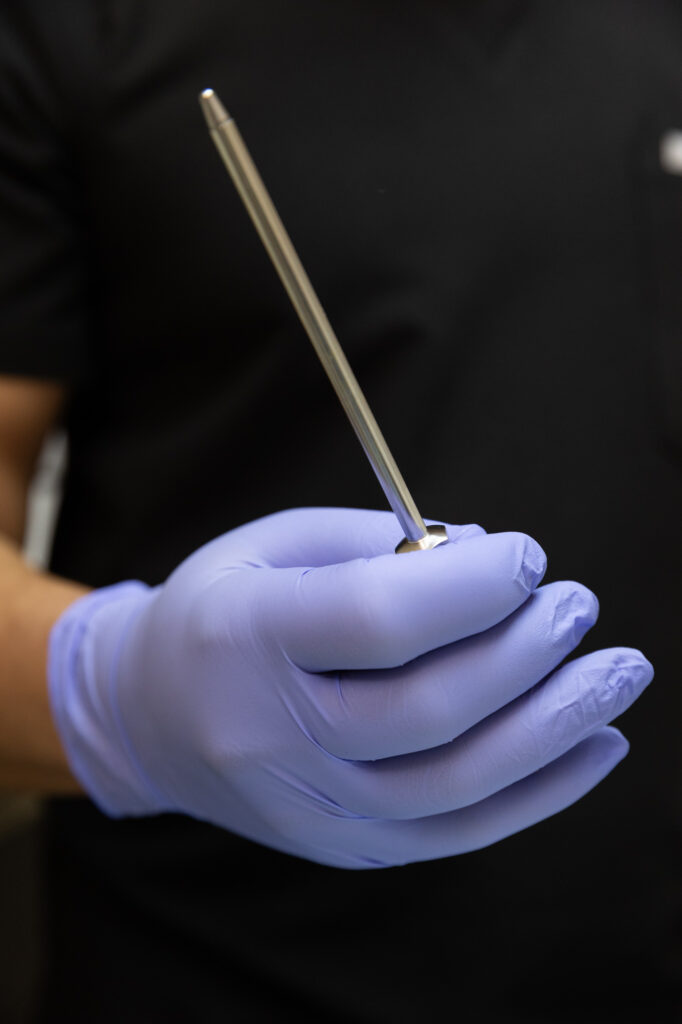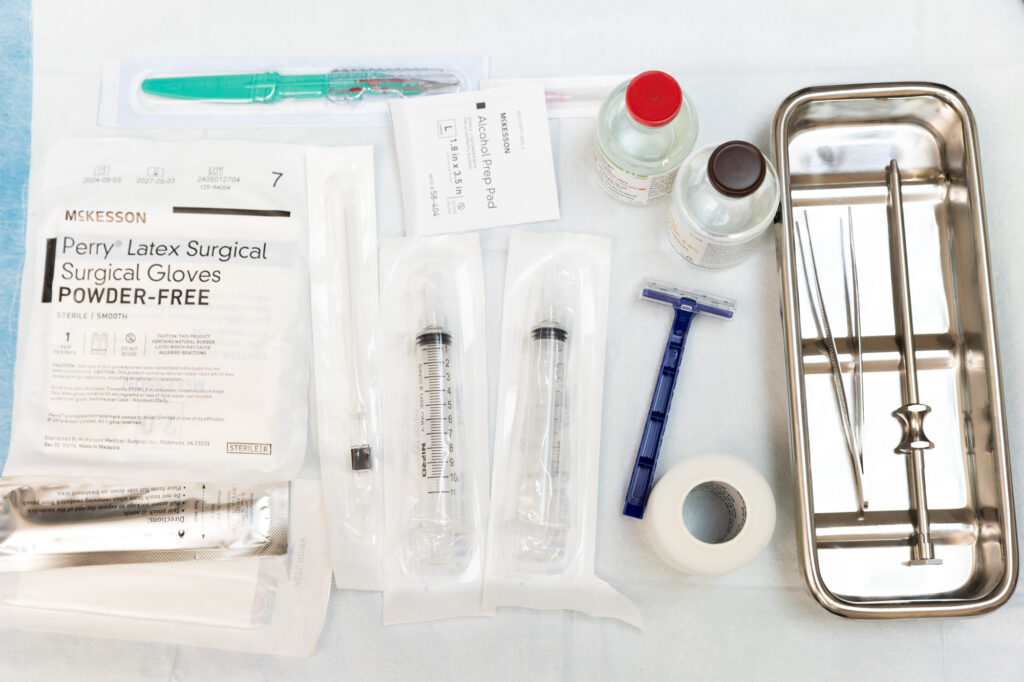Ankle brachial index (ABI) testing is a diagnostic test we use at Ahmed Family Practice to assess the condition of your arteries. We use it primarily to check for peripheral artery disease (PAD). The test compares your ankle’s blood pressure with your arm’s blood pressure. A low ABI can indicate a narrowing or blockage in the artery.
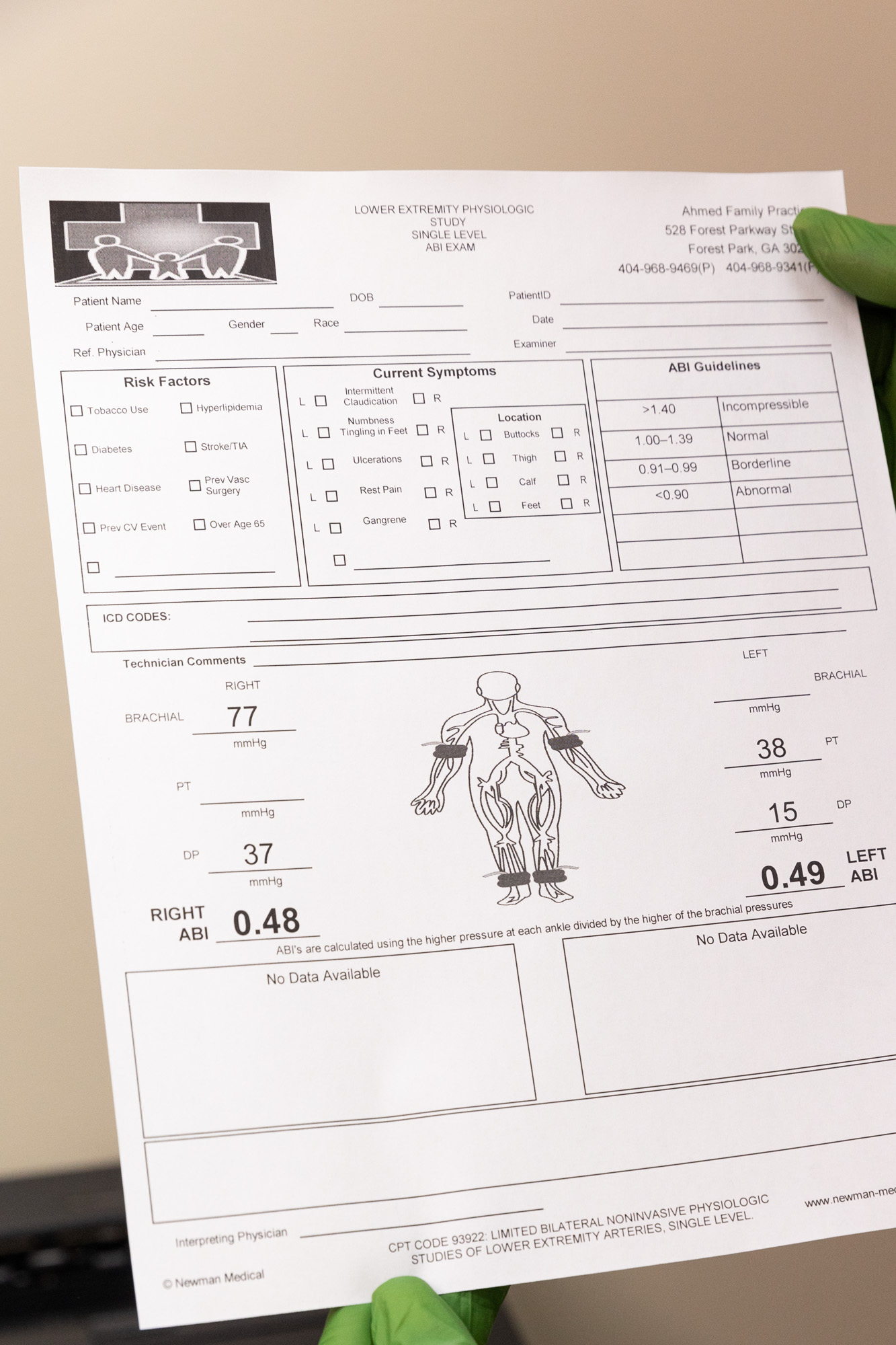
At A Glance
-
Test Length
30 minutes
-
Tested Area
Ankle and upper arm
-
Test Results Received In
30 minutes
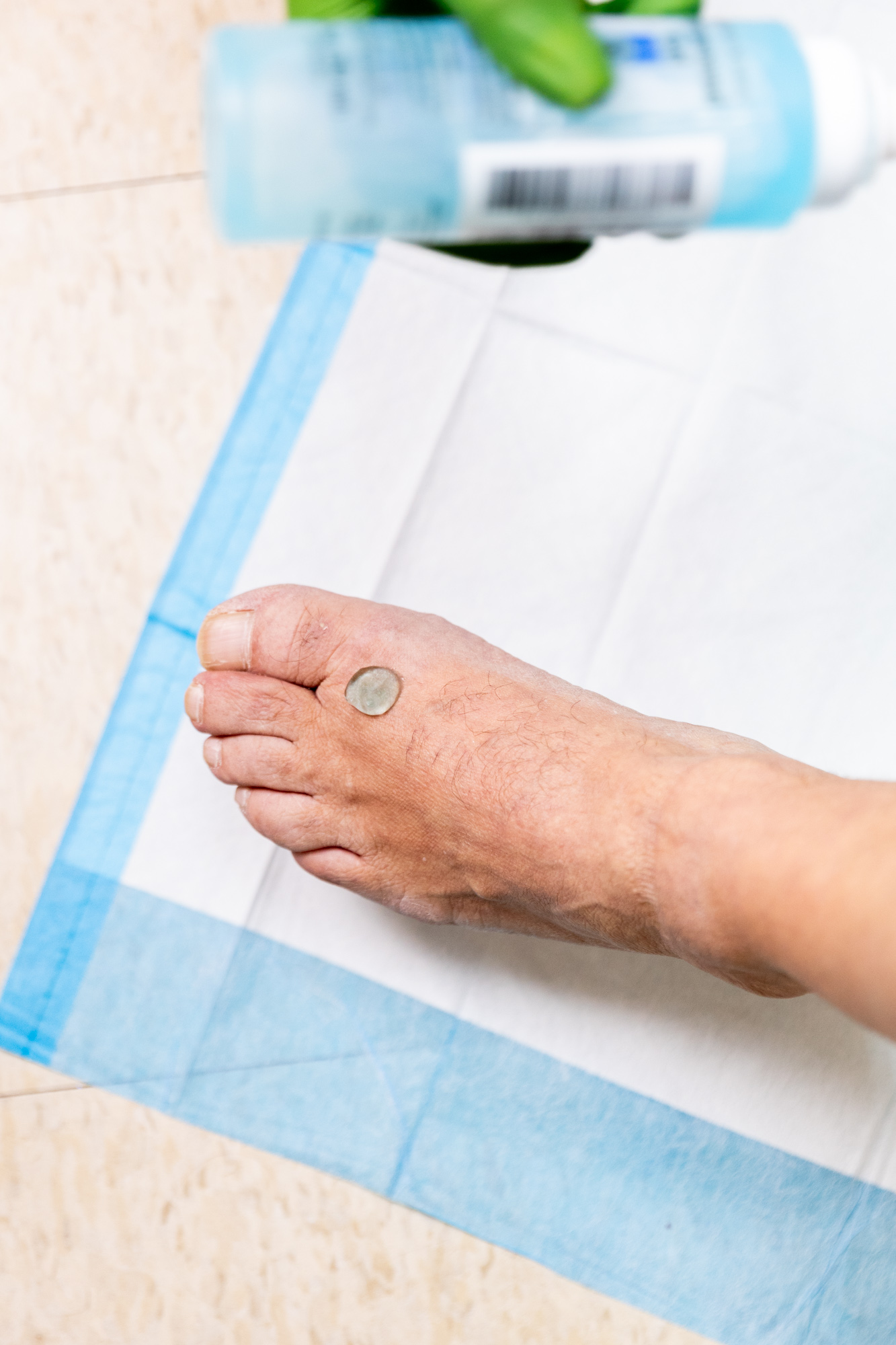
Test Your Way to Improvements
At Ahmed Family Practice, we use ankle brachial index (ABI) testing in Forest Park to uncover narrow arteries in the legs. The test compares blood pressure readings from both the arms and the ankle. With these readings, your provider can better understand your health and the condition of your arteries.
Testing can identify:
-
Peripheral artery disease (PAD)
Find Your Customized Solution
Select your concerns using our online tool to receive personal treatment recommendations!
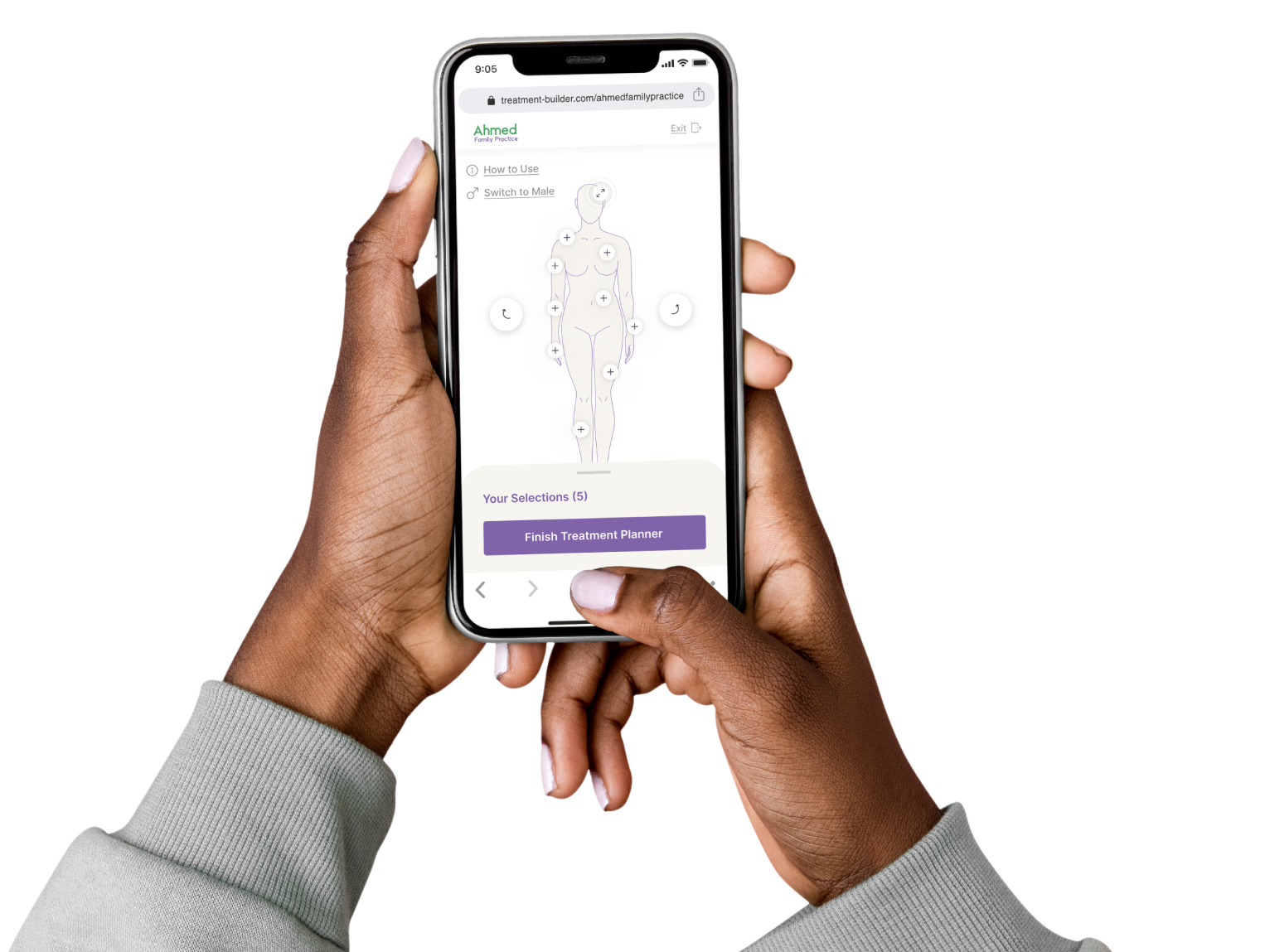

20+
Years Of Experience
32k
Valued Ongoing Patients
500k+
Georgian Lives Impacted

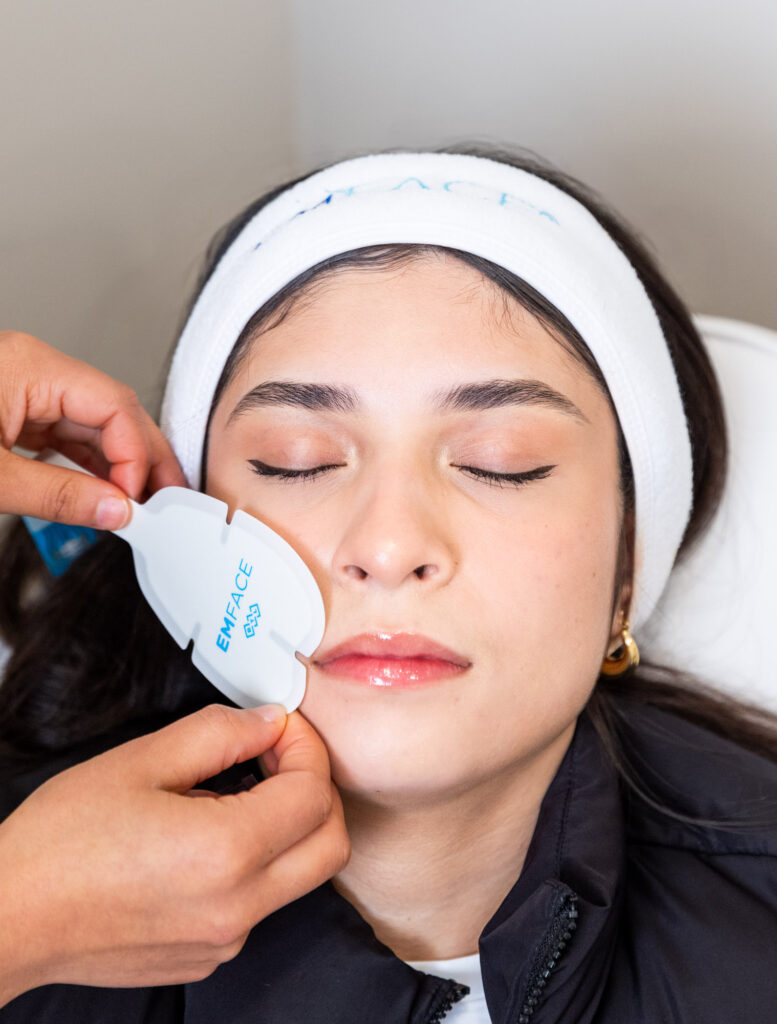

20+
Life Changing Treatments
50+
Medical Practice Awards
Start Your New Chapter
We look forward to seeing you at Ahmed Family Practice. Request your appointment today!



Medically reviewed by
Doctor Kashif Ahmed, MD
Peripheral artery disease, or PAD, is a condition that affects blood vessels in the legs, feet, and arms. It can occur when arteries narrow or become blocked, usually due to a buildup of fatty deposits. The blockages can reduce blood flow and result in leg and foot cramps, pain, and fatigue.
We recommend an ABI test in Forest Park for patients who are at risk of developing PAD. Conditions that can put you at risk for PAD include:
- Diabetes
- High blood pressure
- High cholesterol
- Smoking
- Having a family history of PAD, heart disease, or stroke
- Obesity
We may also recommend testing for patients experiencing symptoms of PAD, such as leg and foot cramps, pain, or difficulty walking. ABI testing can help diagnose or evaluate your condition.
Yes, ABI testing is safe. We perform testing with the comfort of our patients in mind. The procedure is quick, noninvasive, and painless. We place the cuffs around your arm and ankle and apply pressure to measure your blood pressure.
After a few seconds, we release the pressure and record your results. You may experience brief, minor discomfort, but it should be minimal.
Forest Park the same as a routine blood pressure test. We recommend wearing loose clothing to provide easy access to your legs and arms. We also recommend avoiding smoking, caffeine, and heavy exercise at least 30 minutes before your test, as these can affect your blood pressure.
During your consultation, inform your provider of any medications you’re taking. Certain medicines can affect blood pressure as well.
The frequency of your testing depends on your risk factors for developing PAD and your symptoms. If you’re at risk for PAD but have no symptoms, we may recommend ABI testing every 1 to 2 years. Patients with confirmed PAD or symptoms such as leg pain or severe artery blockage may require more frequent testing.
We recommend visiting our office every 6 months or twice a year. Meeting with your provider regularly is essential to develop the proper testing schedule for you.
The blood pressure measurements from the arms and legs determine your ankle brachial index. The index is a ratio of the two numbers we record after testing. The ratio we calculate can show that you have:
- No artery blockage (1.0 to 1.4). This result suggests a low likelihood of PAD.
- Borderline blockage (0.90 to 0.99). Borderline blockage indicates narrowing arteries, but blood flow isn’t blocked.
- PAD (less than 0.90). This result indicates a PAD diagnosis and may require further testing to determine the extent of your artery blockage.


